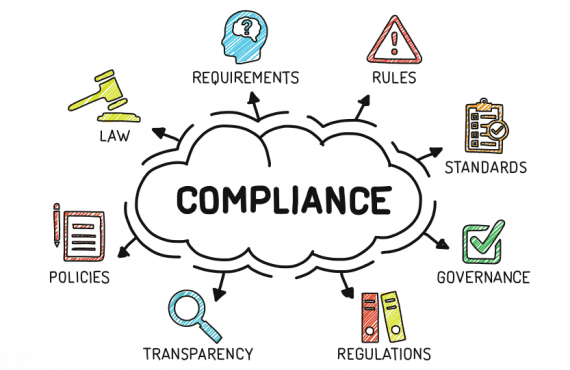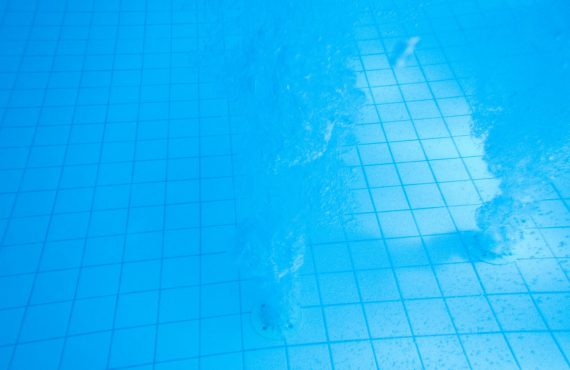The “Design and Scope” element of the Centers for Medicare and Medicaid Services (CMS) new “Quality Assurance and Performance Improvement” (QAPI) program—which long-term-care facilities must have in place by November 28, 2017—should address all care and management practices.
The CMS’s official handout, titled “QAPI at a Glance,” says that this program must be ongoing, comprehensive, and include the full range of services and departments offered by the facility.
“When fully implemented, the QAPI program should address all systems of care and management practices, and should always include clinical care, quality of life, and resident choice,” the CMS document continues, adding that it should aim “for safety and high quality with all clinical interventions while emphasizing autonomy and choice in daily life for residents (or residents’ agents).”
Finally, the CMS says, the “design and scope” element should utilize “the best available evidence to define and measure goals.”
So how will facilities go about meeting this first element requirement? Here are a few guidelines.
1. Identify who will be responsible for creating the QAPI program. The leadership team should include senior management and key department managers.
2. Ensure that a teamwork approach is incorporated in the QAPI program so that a variety of individuals are involved in problem solving and improvement planning.
3. Focus areas for review could include such wide-ranging categories as acquired pressure ulcers; allegations of abuse/neglect, exploitation, misappropriation; antibiotic stewardship; call light response; cleanliness of environment; complaints; drug regimen review findings; elopement prevention; fall prevention; grievances; infection prevention and control compliance; infection rates; meal service; medication errors; noise levels; etc.
4. The plan should include a stipulation to review all progress at the very least on an annual basis, using the QAPI Self-Assessment Tool provided in the CMS document (https://www.cms.gov/Medicare/Provider-Enrollment-and-Certification/QAPI/downloads/QAPISelfAssessment.pdf). By comparing the results of each assessment, all progress and deficiencies can be identified.
5. The plan should include the identification of the facilities’ guiding principles, vision, mission, and purpose statements and a means whereby this is transmitted to all staff. This should be done not only for new hires but as refresher courses for all staff on an annual basis. Most importantly, this training should impress upon all staff what the organization intends to accomplish through QAPI.
In addition, there should be a facility-wide communication campaign which ensures that all residents and families understand the facility’s commitment to QAPI and what their opportunities for involvement are.


























































